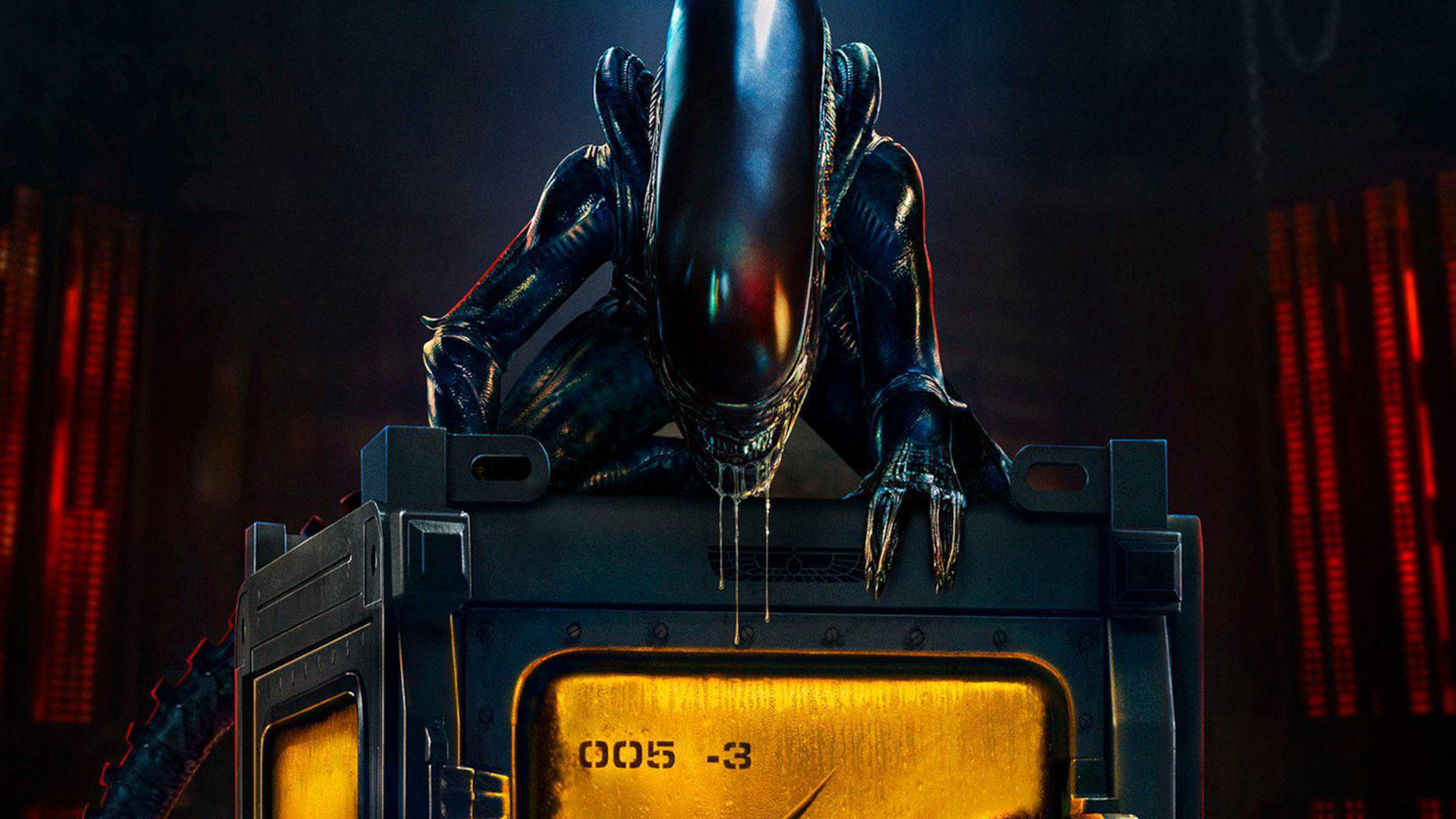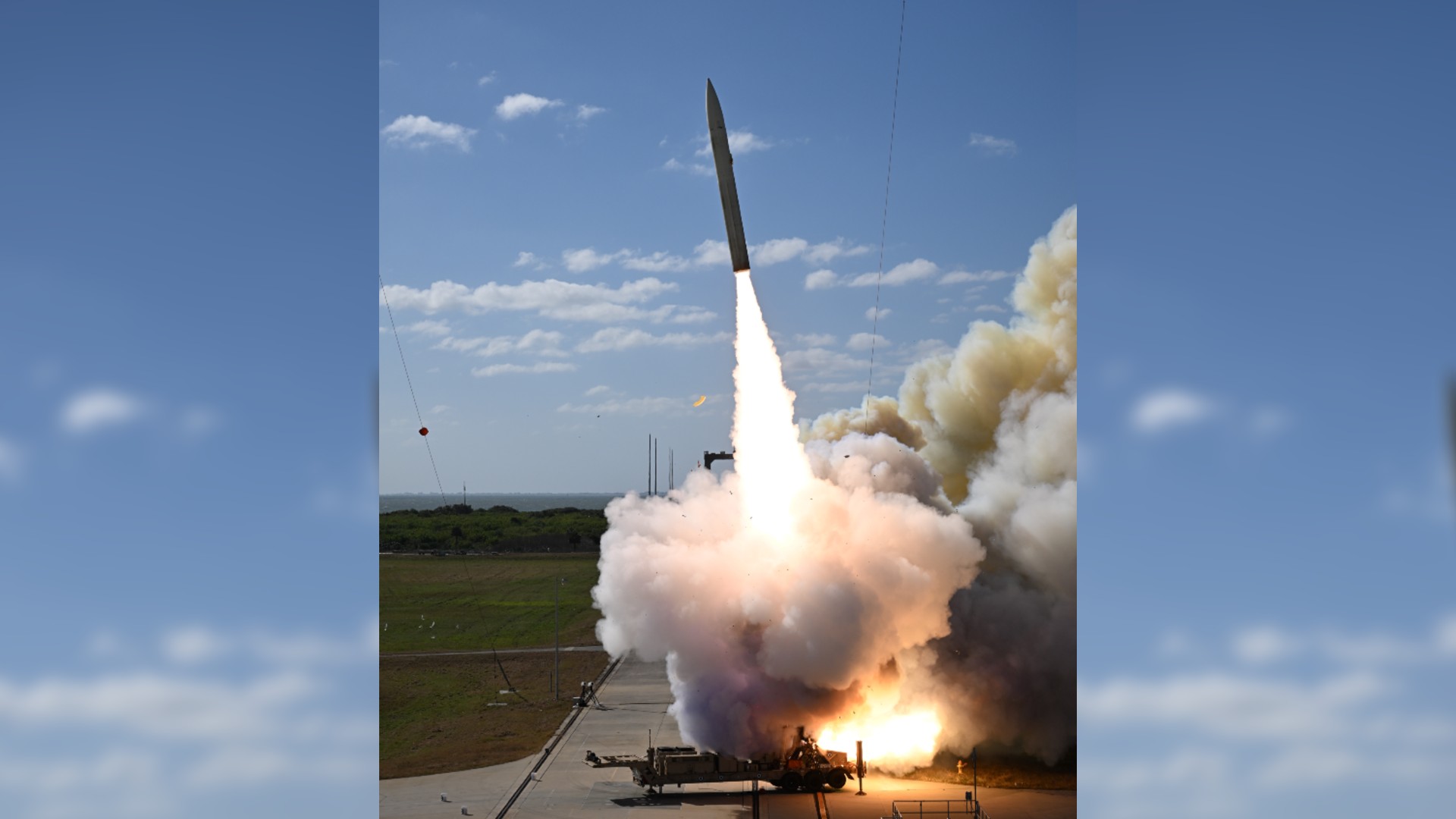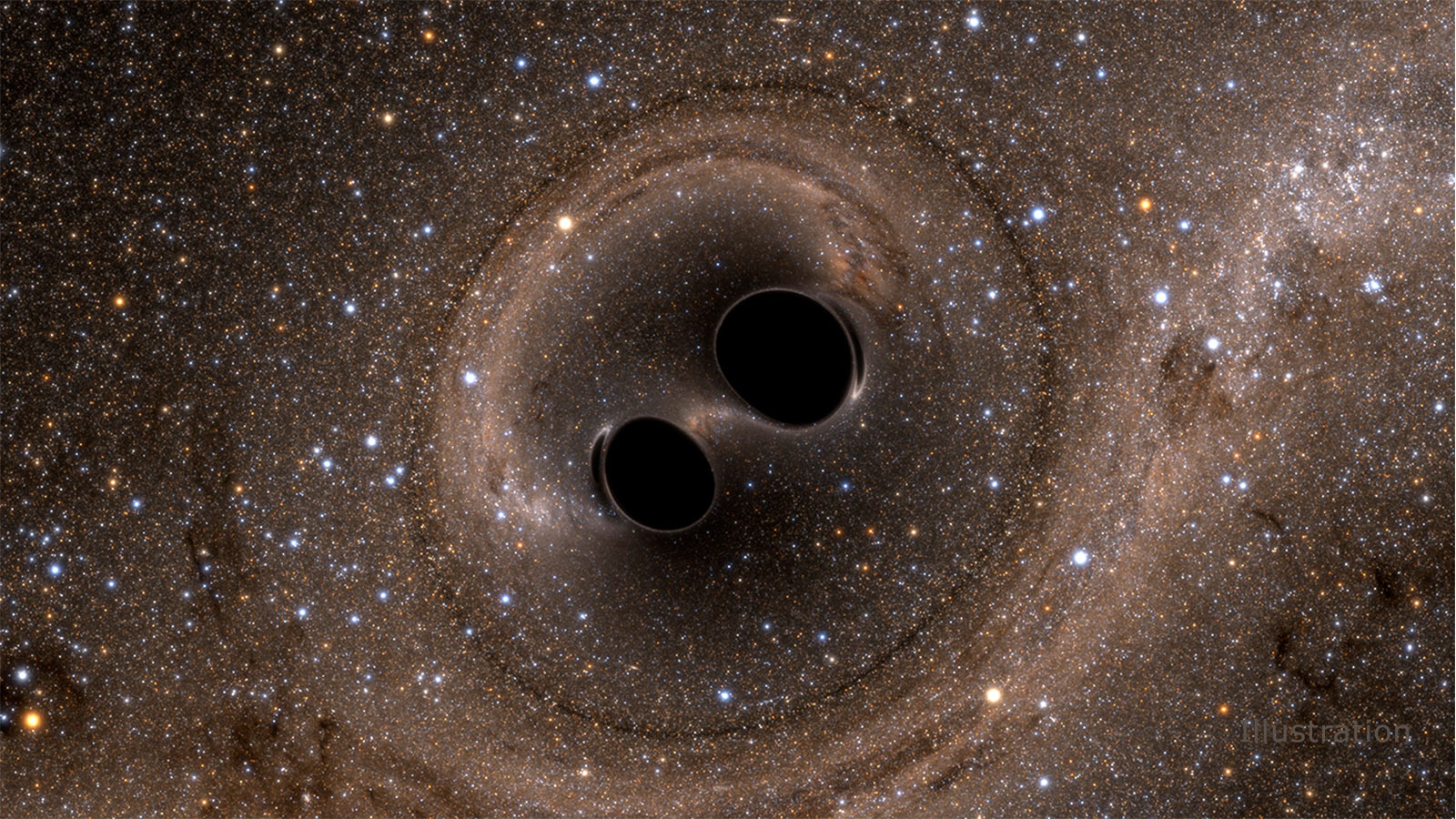This week brings us what usually is considered to bethe most satisfying of all the annual meteor displays, even surpassing thefamous Perseids of August: the December Geminid Meteor Shower. But this year,before making any elaborate plans to view this year's Geminid display, prospectivesky watchers should be aware that they will be facing a major obstacle toobserve this year's Geminid performance, namely the moon.
Unfortunately, as luck would have it, 2008 will see the moon will turn full on Dec. 12 and assuch will seriously hamper — if not all but prevent — observation of the peak ofthe Geminids, which is predicted to occur for the night of Dec. 13-14. Brightmoonlight will flood the sky through much of that night, and will certainly playhavoc with any serious attempts to observe these meteors.
The Geminids are already around, having been active only ina very weak and scattered form from earlier this month. But a noticeableupswing in Geminid activity has occurred since then, leading up to their peaknight this weekend. Historically, this shower has a reputation for being richboth in slow, bright, meteors aswell as rather faint meteors, with relatively few of medium brightness. ManyGeminids appear yellowish in hue.
Great balls of fire
But for those who are grasping at straws in light of thepoor conditions for Geminid viewing this year, it should be noted that everyonce in a while, a dazzling Geminid fireball will blaze forth, bright enough tobe quite spectacular and more than capable to attract attention even in brightmoonlight. In their book, "Observe Meteors," published by theAstronomical League, astronomers David Levy and Stephen Edberg note that, "Ifyou have not yet seen a mighty Geminid fireballarcing gracefully across an expanse of sky, then you have not seen a meteor."
With this as a background, perhaps the best times to lookthis year will be during the evening hours on those nights after the night of full moon.That's when the constellation Gemini (from where the meteors get their name)will be rising above the east-northeast horizon.
Catch an earthgrazer on Sunday
Get the Space.com Newsletter
Breaking space news, the latest updates on rocket launches, skywatching events and more!
In fact, early on Sunday evening, December 14, there will bea "window of opportunity" to look for Geminids in a dark, moonlesssky. Between the times that evening twilight ends and the time that the brightwaning gibbous moon rises, there will be about an hour of dark sky available.
For most locations, moonrise is around 7 p.m. To find thetime of moonrise for your specific location, go to: http://aa.usno.navy.mil/data/docs/RS_OneDay.php
During the moonless interval, there possibly may be anopportunity to catch a glimpse of an unusually beautiful type of meteor calledan "Earthgrazer." Earthgrazers are long, bright shooting stars thatstreak overhead from just below the horizon. They often display colorful halosand long-lasting trails. Earthgrazers are so distinctive because they follow apath nearly parallel to our atmosphere, analogous to a rock skimming across thetop of a pond. The Geminid radiant — near to the bright star, Castor — will benear the horizon as our planet is passing through the Geminid stream.
Much better in 2009
In the absence of moonlight a single observer might see upwardsto 120 meteors per hour on the peak night, a number that sadly can not be hopedto be approached in 2008. Looking ahead to 2009, the Geminids will reach theirpeak just two days before a new moon, meaning viewing conditions will be nearlyperfect. So it appears that this year, Geminid fans will be uttering the samelament that the old Dodger fans in Brooklyn used to:
"Just wait till next year!"
- Online Sky Maps and More
- Sky Calendar & Moon Phases
- Astrophotography 101
Joe Rao serves as an instructor and guest lecturer at New York's Hayden Planetarium. He writes about astronomy for The New York Times and otherpublications, and he is also an on-camera meteorologist for News 12 Westchester, New York.
Join our Space Forums to keep talking space on the latest missions, night sky and more! And if you have a news tip, correction or comment, let us know at: community@space.com.

Joe Rao is Space.com's skywatching columnist, as well as a veteran meteorologist and eclipse chaser who also serves as an instructor and guest lecturer at New York's Hayden Planetarium. He writes about astronomy for Natural History magazine, Sky & Telescope and other publications. Joe is an 8-time Emmy-nominated meteorologist who served the Putnam Valley region of New York for over 21 years. You can find him on Twitter and YouTube tracking lunar and solar eclipses, meteor showers and more. To find out Joe's latest project, visit him on Twitter.









